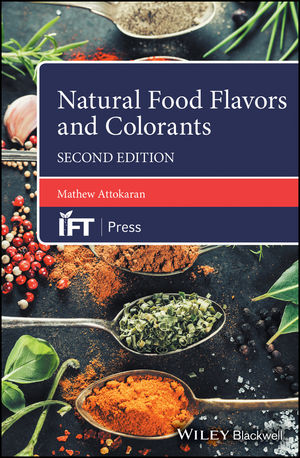As the founder of a website devoted to allergy-free and sugar-free snacks (aptly named AllergyFreeAndSugarFreeSnacks.com), Kathi Robinson — herself born with a hereditary medical condition that requires her to live on a very restrictive diet — knows sugar-free candy gets a bad rap sometimes.
“Sugar-free does now and probably always will have a “label” on it denoting “ugh!,’” she admits. “After all, the whole reason we are eating candy, cookies, cakes and pies is because it is a guilty pleasure. So any sugar-free label just takes away that feeling of comfort and indulgence.”
But with all the new sweetener options out there, companies are finding ways to make sugar-free candy that actually taste good.
“Sugar-free has come a long way away from all of those chemical sweeteners (aspartame, NutraSweet, etc.),” she says. “The quality of taste factor has actually been solved. It is actually very difficult to tell the sugar-free version from its regular counterpart.”
For example, Werther’s, the clear leader of the sugar-free diet candy sector uses isomalt and acesulfmae-K to sweeten its caramels. The company made a point to only market sugar free products that actually taste good, says Gary Parker, v.p. of sales for Storck U.S.A. which makes Werther’s. He adds that the company worked hard to create a great-tasting sugar-free line that also includes coffee, cinnamon, and caramel apple flavors.
“Werther’s brand was one of the last brands to really go into sugar-free and we took a long time perfecting the recipe,” he explains. “And our Werther’s Original sugar-free taste as good as the original. It doesn’t have the aftertaste and it doesn’t have that artificial taste to it.”
Robinson also points to all the new sweetener options available to manufacturers that taste better, such as pure stevia, lo han, erythritol, or dried fruits. And, she adds, more people seem to be checking to find out which one candy makers are using.
“People are actually finally getting smarter and in many cases more concerned about what they are eating,” she explains. “Many people now actually ask what is it sweetened with, how does that compare to real sugar, what’s the calories like, is it actually good for diabetes, etc.”
And when all else fails, sometimes candy can actually taste great without any sweetener at all.
“I’ve actually been testing a lot of unsweetened versions myself the last year (just using fresh and dried fruits or organic coconut sugar as my sweeteners as needed) and many of the people I have as taste-testerscan’t even tell I’m not using a sweetener,” she says.
Dark chocolates, in particular, have been evolving along those lines. For example, Guylian makes a no-sugar-added orange dark chocolate candy.
“Many domestic companies are beginning to see and understand the importance of less sugar/more cacao (healthy fats) in the finished product,” Robinson explains. “The Europeans (actually almost every other country) has understood the importance of fine chocolate. Here in the USA, all we’ve done to it is cannibalize it. So, finally we might actually catch up with what the rest of the world has known all along.”
As more and more companies dabble into sugar-free chocolate though, they’ll have an uphill battle to climb in sugar-free category overall. When it comes to sugar-free treats, gum seems to blow everyone else away.
During the last year, there were $2.9 billion (with a B) in sugarless gum sales in the last year, compared to $138 million in sugar-free chocolate and $116 million for sugar-free diet candy, according to data from Symphony IRI, a Chicago-based research firm.
That means companies have to do more than just create a great-tasting product to stand out, but if they can crack the market, there’s money to be made.
This year, Wrigley added two new flavors to its unique dessert-inspired line of sugar-free gum called Dessert Delights. Root Beer Float and Rainbow Sherbert were added to a lineup that also includes Mint Chocolate Chip, Strawberry Shortcake, Key Lime Pie, Orange Crème Pop and Apple Pie.
Meanwhile, Kraft Foods introduced its ID Gum line, “a gum brand that celebrates teens’ creativity and thirst for discovery and individuality.” It comes in three flavors — Peppermint, BerryMelon, and Spearmint — but that’s not what the company is hoping will draw in consumers.
What makes the gum special is the original artwork sourced from young, emerging artists around the world. There are 18 designs in total.
“Today’s teens are really looking for that emotional connection with their brands and are hungry for new ways to explore and display their creativity and individuality,” says Stephanie Wilkes, vice president - NA Confections, Kraft Foods. “The uniqueness of iD Gum — from the artwork to the packaging to its online gaming experience — takes discovery and personal expression to a whole new level.”
The gum sector has shown that there is a market for sugar-free candies so competitive that sugar-free alone isn’t enough to win over consumers any more. And in that lies the lesson that if done right, sugar-free candy can taste great and fly off the shelves.














